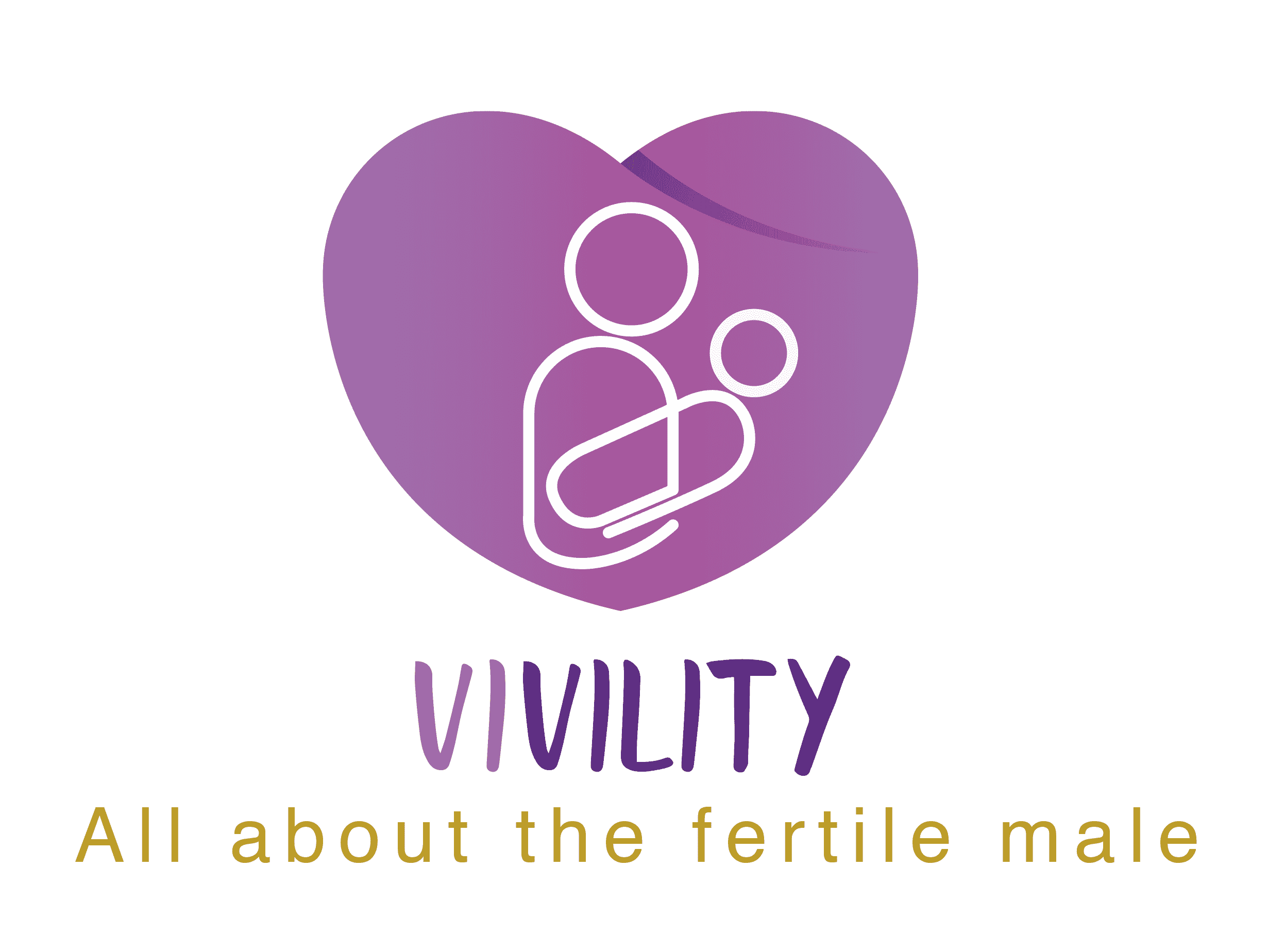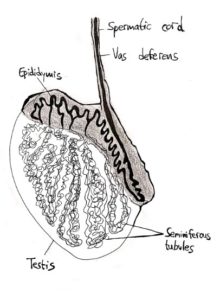Written by: Tikva Shore
Scientists estimate that, in the not far off future, many children in Western countries will be born through In-Vitro Fertilization, regardless of their parents’ fertility. This estimation is thanks to today’s technology, with which we can genetically test an embryo, prior to returning it to the woman’s uterus. This procedure is known as Pre-implantation Genetic Diagnosis (PGD).
With the first successful application of PGD occurring in 1990, the purpose of this procedure is to prevent challenging, and sometimes fatal, genetic conditions from presenting in the future child. Thanks to steadily advancing technology and knowledge, there now exists a growing list of indications that can be tested for in the embryo before it is implanted.
These indications, for the most part, are genetic abnormalities that can be inherited from parent to child, and they range widely in severity. Some are considered “light”, resulting in a mild decrease in quality of life. For example, a genetic mutation in Connexin can cause some hearing defects. However, other inherited conditions, such as Tay-Sachs, are fatal at a young age.
There are two kinds of PGD. The first tests the embryo for specific mutations, for example those which cause Tay-Sachs or Cystic Fibrosis. This method is used when it is known that the two parents carry mutations for the condition, whether through family history or genetic screening. It is known which mutation the parents carry, and it is for that specific genetic abnormality that the embryo is tested. After testing, only those embryos deemed “healthy” will be implanted in the mother’s uterus.
In the past, a couple discovering they were both carriers for a condition with recessive inheritance were faced with the painful decision of ending the relationship, not having children, or taking the risk of bringing a very sick child to the world. This technology has presented these parents with another option, to have healthy children through PGD and IVF.
The second kind of PGD is known as Preimplantation Genetic Screening (PGS). This technique analyses all the embryo’s chromosomes in search of abnormalities, such as chromosomal deletions or additions. Perhaps the most infamous example of a condition resulting from a chromosomal abnormality is Down’s Syndrome, caused by an extra copy of chromosome 21. This is an example of aneuploidy, or when chromosomal abnormalities exist. Following PGS, only embryos with euploidy, a normal chromosomal makeup, are implanted in the uterus. Approximately 2/3 of PGD procedures in the United States are performed for aneuploidy screening and is specifically performed for women older than 35, or for those who suffer from repeated miscarriage.
Today, there are also advanced sequencing methods (New Generation Sequencing NGS) that combine the two methods and allow couples to test for both specific mutations and screen their embryos for aneuploidy.
Genetics & Genetic Inheritance
The genetic material is found in structures called chromosomes. Each person has 2 sets of 23 chromosomes, for a total of 46. One copy of a chromosome is received from the mother and the second from the father. The sex chromosomes are slightly different than the rest: while all other chromosome sets are identical, the similarity of the 2 sex chromosomes is gender-dependent. Females have 2 copies of the X chromosome, one from each parent, while males have one X chromosome from their mother and one Y chromosome from their father. (It follows, therefore, that the male contribution is the determining factor in gender).
Each chromosome contains many thousands of genes, and each gene contains the blueprints towards building a protein. The overall combination of gene expression determines characteristics such as height, eye color, hair color, etc. If the information inside the gene is faulty, or mutated, its’ expression will result in defective protein structure and function. This defect can result in physical handicap (i.e. deafness or blindness), mental handicap (i.e. reduced intelligence), or disease (i.e. Cystic Fibrosis, Tay-Sachs, or Gaucher’s).
Those who have a mutated gene but do not exhibit symptoms of the accompanying disease are known as genetic carriers. While they themselves are healthy, carrier parents are at risk of passing on their carrier status to their children.
There are several different scenarios of genetic inheritance:
If two partners are carriers for a recessive condition but neither is affected by the condition, then each of their embryos has a 25% chance of receiving two copies of the mutated gene. If the embryo inherits these two copies, the child will be affected by the disease.
If one partner is affected by a dominant genetic condition, and genetic testing shows that he/she possesses one normal and one abnormal copy of the gene, while his/her partner is not a carrier, then the chance of each embryo being affected by the disease is 50%.
If the gene responsible for the disease is located on the X chromosome, then the inheritance is considered X-linked. If the mutation is recessive, then only male embryos will be affected, and only if they receive the defective X chromosome from their mother. Female embryos will be unaffected carriers of the condition since they carry two copies of the X chromosome and the healthy copy can compensate for the other. However, if the mutation is dominant, then both male and female embryos with the abnormal X chromosome will be affected.



